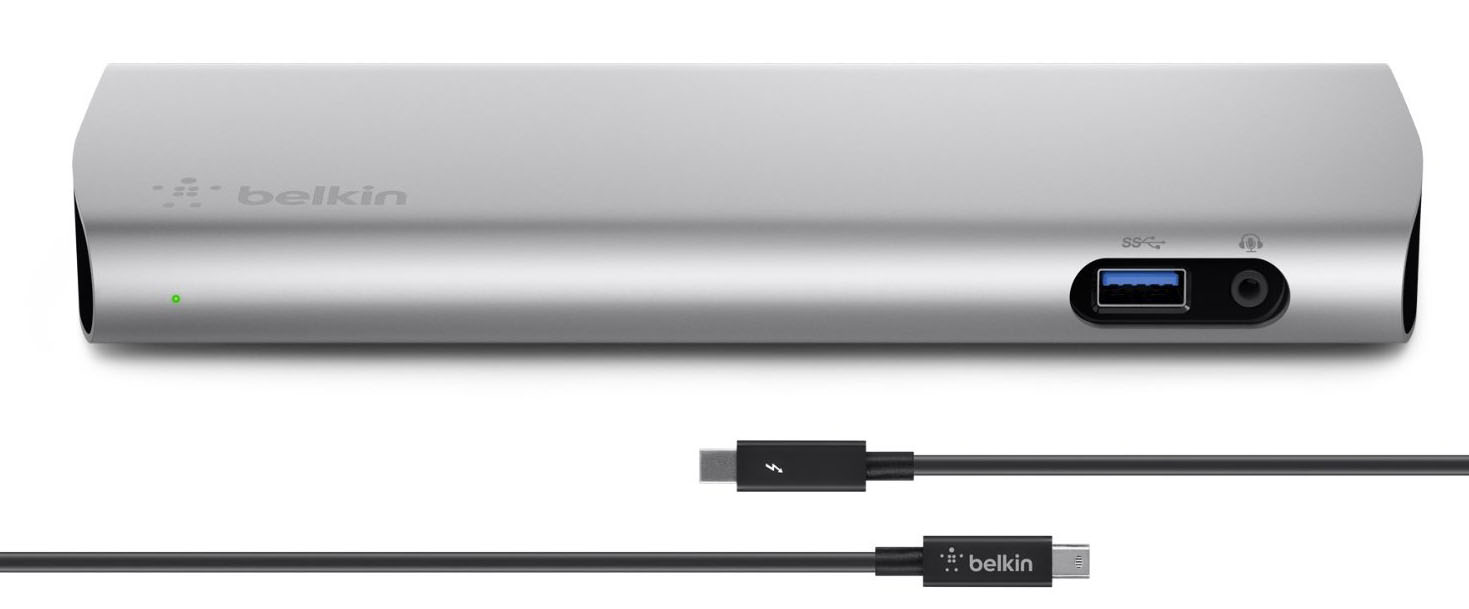

#Thunderbolt version for mac 2015 pro
The SD slot is just convenient whether you’re a pro transferring photos, audio, or video.Īnd as my podcast partner Myke Hurley pointed out to me just after the event on Monday, that slot is also a great place for extra “internal storage” on your MacBook Pro. Sure, some devices equipped with SD cards now offer wireless data transfer, but let me tell you-it’s not as fast or reliable as just plugging in a card and transferring the data! And a lot of our non-Apple devices still rely on slow USB ports to transfer data if you have to copy the data directly.

It wasn’t true back in 2016, and it’s still not true. SD slot: Apple’s argument for getting rid of the SD slot was that the future would be wireless, and we wouldn’t need to use cards to transfer data anymore. An HDMI port on a MacBook Pro means never having to be sorry when you need to plug in. While your favorite conference room may be equipped with a USB-C cable or adapter, it’s very hard to count on finding one when you wander into a room with a projector or big screen, sight unseen. HDMI: If there’s a video cable more universal than HDMI these days, I haven’t seen it. You can still charge via those ports, of course-just not at the ultra-fastest speed.) While there’s a new specification that allows for much higher power delivery levels over USB ports, the Thunderbolt 4/USB 4 ports on the MacBook Pro don’t support it. However, on the 16-inch models-all of which come with a 140W adapter-you can only do ultra-fast charging via MagSafe.

You can fast charge either via MagSafe or via a standard USB-C cable attached to that adapter. On the 14-inch models, the larger 96W USB-C power adapter is required for fast charging. But if MagSafe ate one of the ports on a future two-port model, I would be disappointed. Probably fine on a system with three other ports. The new MacBook Pros can charge and still have three open ports-but they used to have four ports, so essentially the MagSafe port has swallowed one. On MacBook Pros with only a port or two, that was a brutal loss. Not ideal, but it was worth it to get MagSafe back during the dark ages.įinally, using USB-C as a charging port means that you’re losing one of your ports for peripherals whenever you want to charge. My M1 MacBook Air has a magnetic-charging thing permanently stuck in one of its two USB-C ports, so I can charge it with a magnetic cable that attaches to a USB-C power brick. So much so that many of us ended up buying third-party alternatives. Unfortunately, Apple had spent years selling MacBook users on the enhanced safety of a magnetically-attached breakaway cable, and it was completely right. If you had a higher-end MacBook Pro with ports on both sides, you could charge from either one. With MagSafe, you always needed two cords-one for charging, one for data.Īdding USB-C also added flexibility. With USB-C, you could attach a laptop to a dock, and it would charge, too. It was non-proprietary, unlike the first two generations of MagSafe, which basically couldn’t be used with anything but Apple’s power brick. MagSafe: Adding USB-C as a charging port was good in a lot of ways. Now consider the 2021 MacBook Pros, which have:Īlthough Apple removed the dreadful “butterfly” keyboard in 2019-2020, the rest of the issues with this era of MacBook Pro remained. It had all of these features, due to be deprecated in 2016: If you can, cast your mind back to the 2015 MacBook Pro. It ended on Monday with the announcement of new MacBook Pro models that roll back most of the major changes introduced in 2016, putting the MacBook Pro in a new state of grace that recalls the middle of the last decade. It started in 2016 with the release of MacBook Pro models featuring butterfly keyboards, the Touch Bar, and a minimal selection of USB-C ports. If Mac laptops come in eras, one just ended.
#Thunderbolt version for mac 2015 full
I remember saying something like “I’ll need several adapters for that…” And suddenly there was a terrible roar all around us and the sky was full of what looked like huge butterflies, all clicking and sticking around the laptop, which was going about 2.8 gigahertz with the top down to Dongletown. It was around 2016 on the edge of the desert when the Touch Bar began to take hold.


 0 kommentar(er)
0 kommentar(er)
